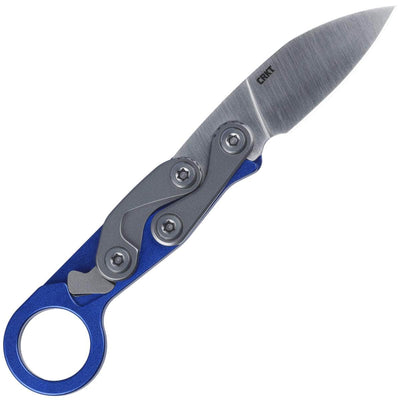Your cart is empty.
Purchasing Your First Kitchen Knife Set
Quality knives are a cook’s best tools. Whether you are a chef or a blossoming home cook exploring the kitchen, meals tend to begin at the cutting board. Having good kitchen knives adds ease and speed to your preparation work. However, buying your first knife set can be a daunting task. It’s a big purchase with many considerations. Below are some guidelines to give your knife buying process direction.

Choose a kitchen knife set
There are two ways to go about purchasing your first knife set. Buying a block set is the easiest route. These come with a fixed amount of knives in the block you will use to store them. While you can choose from sets that come with different types of knives, you cannot mix and match. However, if you are a bit uncertain about your knife needs, choose a block that comes with only the necessary knives, but has lots of empty spaces. This way you can add to your set with the additional knives you may need in the future.
or choose a block with a few knives
Buying individual knives is great for those who don’t want to commit to one brand of knives or are unsure of their needs. Empty knife blocks can be purchased and gradually filled with knives, as you need more.
When purchasing knives, start with the essentials. The most important of these is a chef’s knife. It is very versatile and easy to use. The paring knife should be next on your list; think of it as a chef’s knife that can handle all the small jobs, such as peeling a pepper or deveining shrimp. A quality utility knife and a good bread knife are also good to have, but are not as necessary in the cooking process.
Pick a quality blade
Knife blades can be made from a number of different materials. These include steel, titanium, and ceramic. The best knives are made of steel, specifically, either high carbon steel, high carbon stainless steel, or stainless steel. Most knife blades are made of high carbon stainless steel, which takes a sharp edge and does not stain. High carbon steel blades also take a sharp edge with little effort, but they can discolor although this does not affect the blade’s performance. Typically, cheaper blades are made of stainless steel; these do not stain, but do not maintain a sharp edge.
Consider the material of the block
Whether you buy a whole set or start with a few knives, you’re going to be adding a knife block to your kitchen counter. These can be attractive, sophisticated addition to your kitchen decor, so consider the material before you purchase. Blocks are available in many wood finishes or various colored plastics and steels. Consider your kitchen’s style and color scheme before choosing the block.
Be patient
Good knives can be very expensive and are a major investment. There’s no need to rush to make the purchase. Find knives that fit your cooking preferences and needs.



















